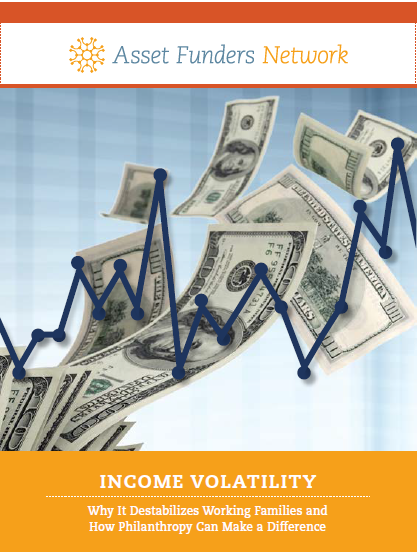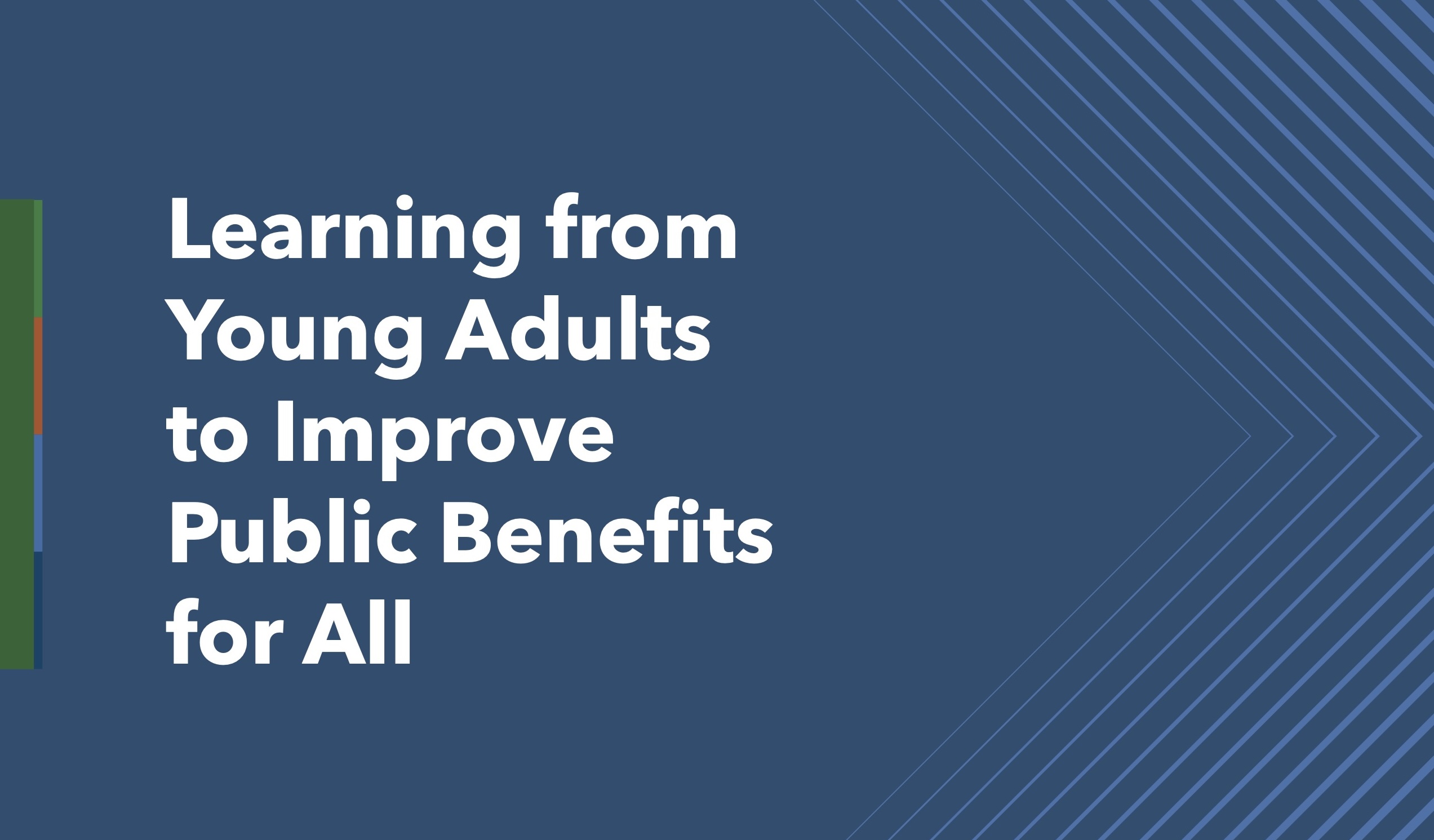Traditionally, grantmakers have focused on workforce development and upskilling as part of economic mobility strategies for low-wage workers. However, as work has evolved and jobs look more different than ever, it is critical to understand the impact of these changes on income—predictability, variability, and frequency—and how this affects the opportunity for mobility.
This problem is not the same as income insufficiency, or simply the story of stagnating wages over the last few decades. These same workers are experiencing low-wages coupled with major week-to-week and month-to-month fluctuations in their income. When this volatility is combined with a general lack of upward mobility, the results are toxic: high-interest debt, unstable housing, and food insecurity, among other destabilizing effects. Income volatility combined with wage stagnation helps explain the precarious position many families find themselves in today.
And while volatility makes it harder to manage cash flows and can trigger demand for high-cost financial credit products, it also seems to have serious downstream effects on the health and education outcomes of children.1 Essentially, income volatility undermines every investment in education, public health, and economic development, chipping away at what would otherwise be positive returns.
This paper will help grantmakers understand the enormous challenge income volatility presents in our country and will present an array of strategies for philanthropy to leverage both investments and leadership to empower families to protect themselves from volatility’s worst effects. Drawing on 18 months of research, convenings, expert surveys, and stakeholder engagement, this brief identifies the constellation of the most promising solutions that need champions, resources, and acceleration. Because of the complexity of income volatility, there is a unique role for philanthropy to deploy not only investments, but also to leverage its influence and convening power.


